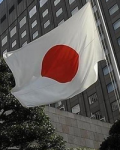-
The widening shadow of protectionism
July 21, 2016
THE Great Recession of 2008-2009 marked a turning point for trade. Restrictive trade measures introduced by G20 countries between October 2008 and October 2015 covered 4.8 per cent of world merchandise exports, valued at $851.8 billion . . .





